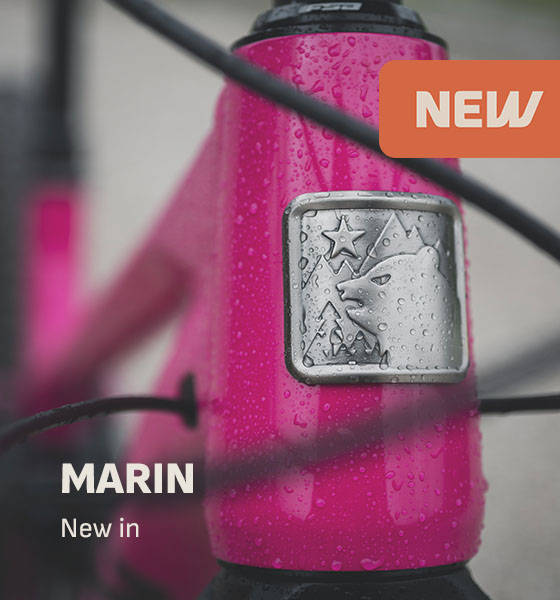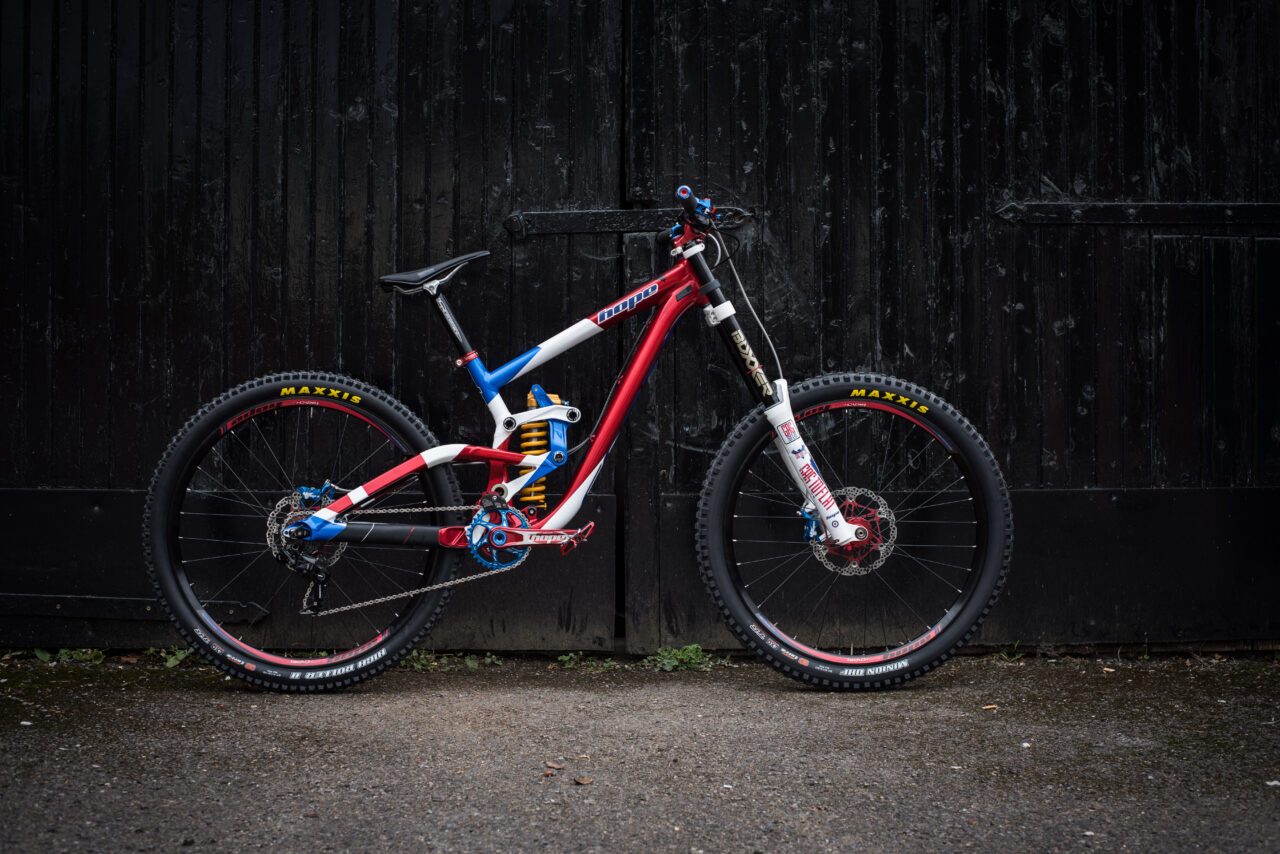
The world of mountain bike suspension can all feel a bit mind-boggling sometimes. You might have all the dials and adjustments in the world but if you don't know what they are and how to get the best from them... well, you can quickly turn your very expensive suspension into something resembling a pogo stick or worse, an office chair! To help, we've put together this guide to decipher what-is-what on your suspension and how it affects your bike and the ride.
Depending on your bike and suspension, you may have none or all of these adjustments available! Take note of what you need to know about your bike and dig in to get the most out of your suspension.
Single/Double/Triple crown
The arch that connects the two legs of a fork. This is usually a single connection but on downhill mountain bikes it is 2 connections (double) or even three (triple) for extra strength and stability.
Stanchion(s)
These are the smooth and visible tubes on a fork that the lowers will move over.
Stroke
The amount in mm the rear shock can physically compress.
Eye-to-eye
The distance between the two mounting points on the shock, or the rear shock mounts on the frame.
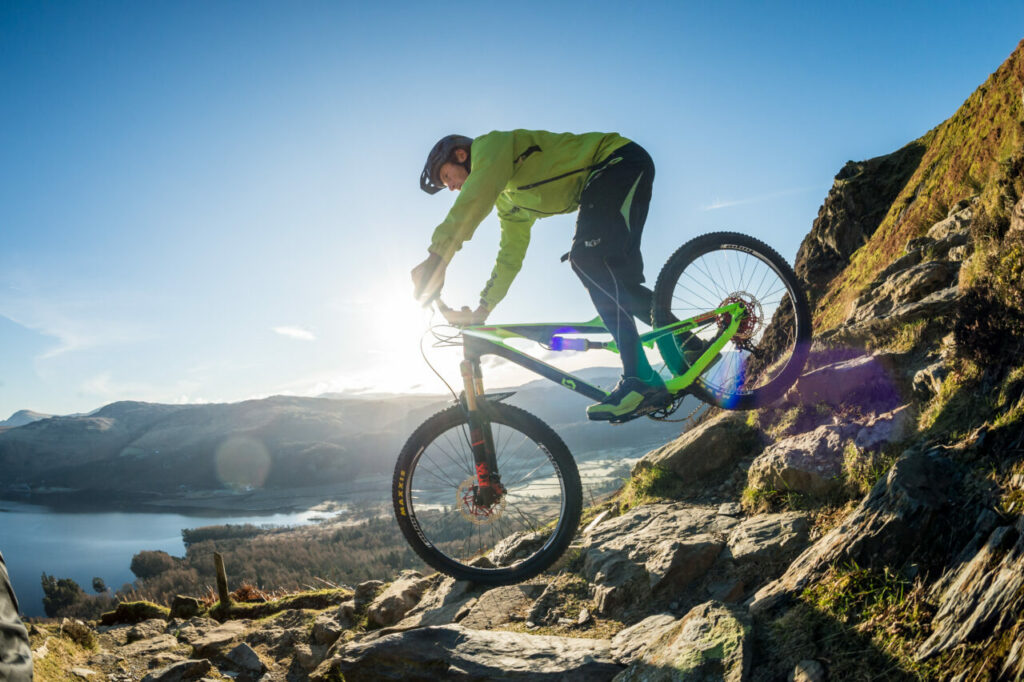
Air vs. Coil Springs
Air springs are light and easy to adjust to rider weights and riding styles but can suffer from excessive stiction (like 'Friction' but with an 'S') and not feel as smooth as a coil spring.
Coils are heavier and can require a complete change of spring to get them set up for you, but they are often unbelievably smooth and supple, making them ideal for situations where small bump sensitivity is important. Coils also resist heat build up better than air springs, so factor this in if you frequently tackle extremely long and rough descents.
Progression
We refer to progression as the increasing force needed to compress the suspension as it moves through the travel. The intention being to not bottom out easily and to be predictable and efficient.
Spring Rate / Sag
Regardless of whether your suspension is sprung by air or coil, you'll need to get the correct spring rate for your weight and riding style. This is commonly referred to as 'sag' and is quite simply - how much the suspension compresses when you're just sitting on the bike. Adjusting sag is easy for air springs, as you can use a shock pump to inflate or deflate the fork/shock to the desired pressure. Coil springs are a little harder, as you will need to turn a pre-load adjuster to change sag and possibly even change the spring entirely if the stock spring is too hard or too soft for effective adjustment. While it varies from bike-to-bike and rider-to-rider, sag is usually in the ballpark of 20% of the fork travel and 30% of rear shock travel.
Damping
Damping is key when it comes to controlling your suspension. If your suspension had no damping, it would be a wild, uncontrolled mess that would act like a pogo stick under compression and rebound, massively compromising your control and confidence out on the trail. Damping helps to control both rebound and compression, so that the fork travel is controlled when hitting an obstacle or moving under your weight. Both rebound and compression are controlled by oil moving through the respective circuits. By using the adjusters to vary the amount of oil that moves through the metal shims and ports in these circuits, we have the ability to tune compression and rebound to suit our needs.
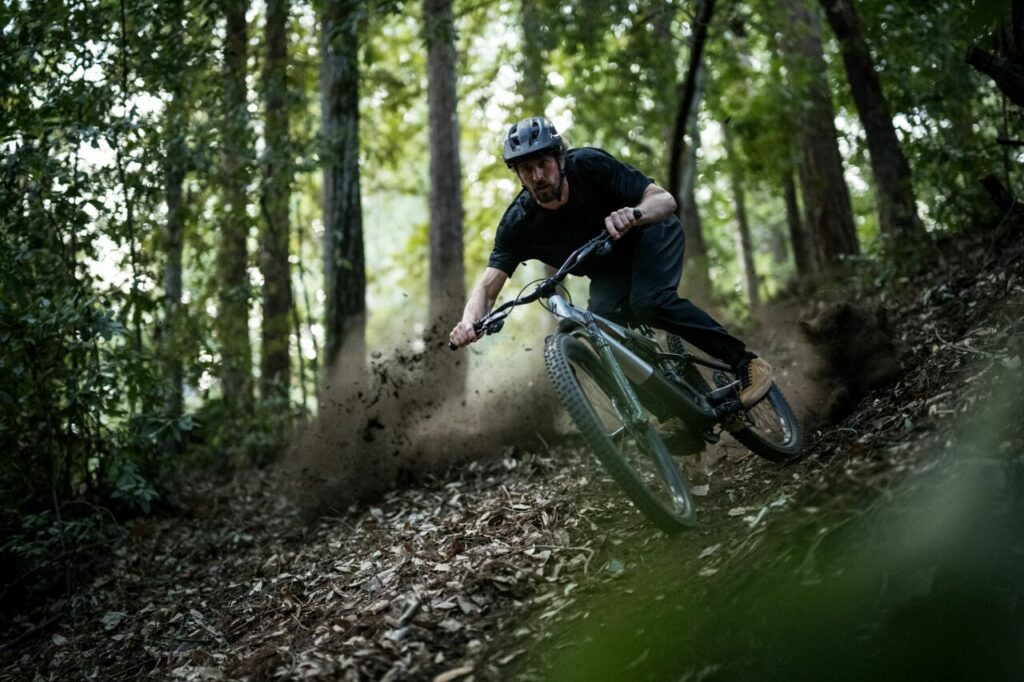
Compression Damping
Compression damping controls how firm the suspension is as it moves through its travel. It's important to remember that increasing or decreasing compression damping does not have the same effect as changing the spring rate. As mentioned, compression damping works by controlling the amount of oil that moves through the damper. With less compression damping, the oil can move more freely, and your suspension can move more easily through its travel. More compression damping makes it more difficult to compress the suspension.
You may want to increase compression damping on smooth, rolling terrain and climbs or on tarmac sections, or if you want to spring out of the saddle to the line during an XC race. On some forks and shocks, this low-speed compression adjust almost entirely locks out the suspension so it is fully rigid. On the flip side, on rougher terrain, you would want less compression damping in order to allow the suspension to absorb bumps as well as possible.
On more expensive forks and shocks, they may feature dials that separate the compression into high and low-speed compression. Suspension units like have more complex oil circuits that give the rider even more control of how their suspension forms to rider inputs and weight shifts (low-speed compression) and reacting to obstacles on the trail (high-speed compression). It's easy to think of this as how fast the suspension is moving, rather than how fast the rider is going.
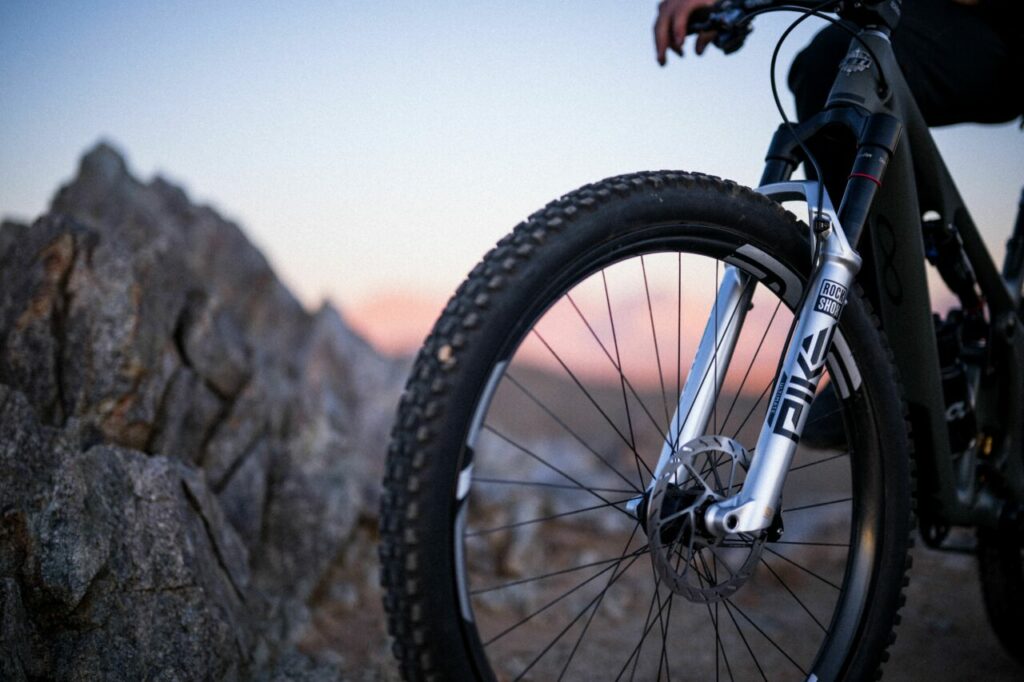
For example, low-speed compression helps support your body weight and not blow through the travel when you are pumping the terrain or pedalling out of the saddle. In cases like this, you would want to add more low-speed compression damping. Doing so will make the suspension feel more supportive, but too much can adversely affect small bump sensitivity, so the suspension feels harsher over smaller bumps.
High-speed compression refers to harder impacts from the trail, which involves the suspension needing to react and move out of the way quickly, like hitting a rock, root or successive impacts like a large rock garden or braking bumps. More high-speed compression damping will also make the suspension more difficult to fully compress and achieve full travel.
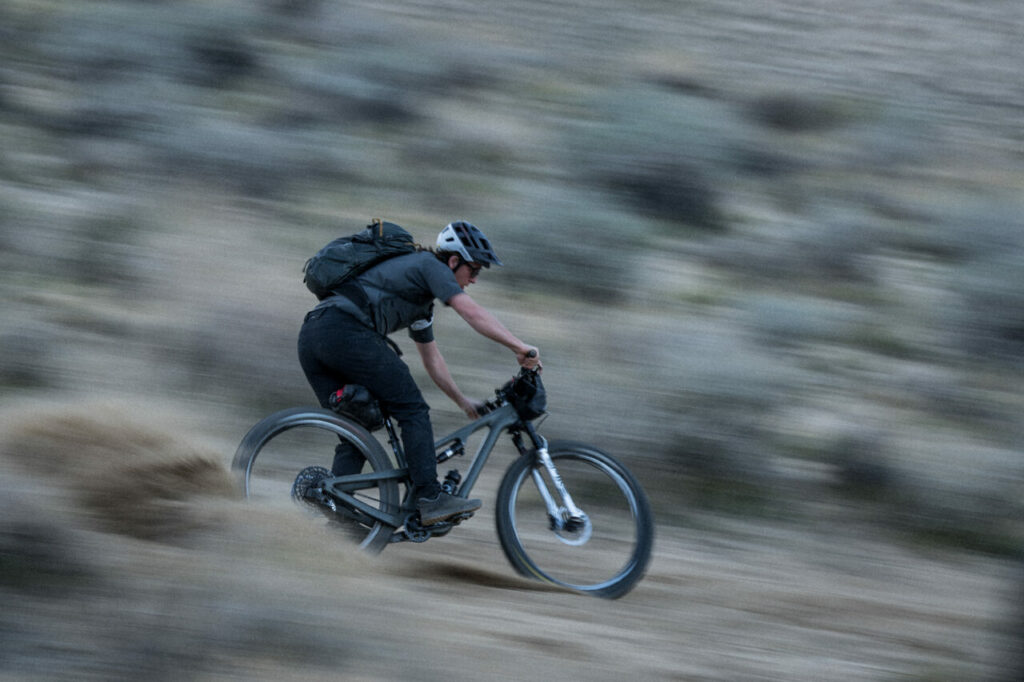
Rebound Damping
Once your suspension compresses, a lot of energy is now stored by the spring, which needs to be released. When the suspension extends again, this is known as rebound. Rebound damping allows us to control this movement, as if left undamped, the suspension will rebound very quickly in an uncontrollable manner. Like compression, rebound is controlled by the movement of oil in the rebound damping circuit. Using less rebound damping allows the oil to move more easily and the suspension will rebound more quickly. Adding a few clicks of rebound damping will make the oil flow slower and thus the suspension will rebound slower too.
Rebound damping is very much about finding a compromise and a happy middle ground; if the suspension rebounds too quickly, the wheels will bounce and loose contact with the trail. If the suspension rebounds too slowly, it won't recover quickly enough on successive hits and you'll feel bogged down in the travel and more likely to use it all.
Most forks and shocks will only have one rebound dial, but as with compression damping, more expensive forks and shocks may feature separate dials for high and low-speed rebound. As the suspension compresses more and more, the spring will hold more energy and to will try to lose that stored energy as quickly as possible. This is where high-speed rebound damping helps to control the speed of that energy loss. As such, high-speed rebound only truly affects the last portion of suspension travel, which is why It is fixed on a lot of forks and shocks. Low speed rebound therefore controls the rest of the suspension travel and it is this that you want to get right so the wheel can track the ground better and your hands don't feel like they're being blown off the handlebars.
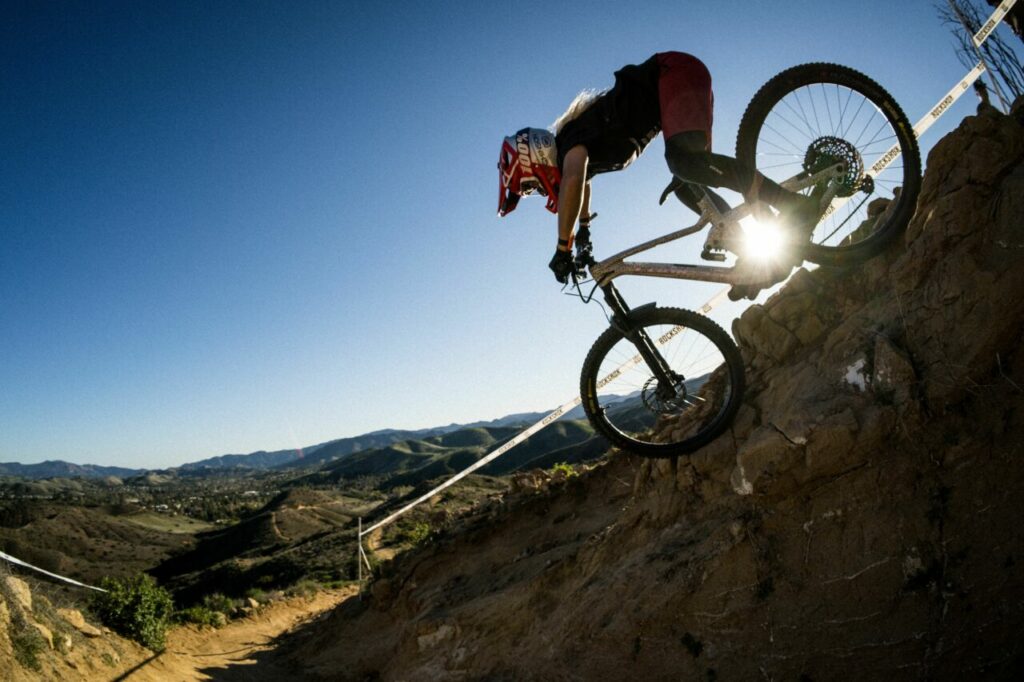
Volume Spacers & tokens
Many air sprung forks and shocks now have the option to add volume spacers or tokens to them, in order to change how progressive the suspension feels. By making the volume of the air spring smaller, adding these spacers/tokens makes the suspension harder to compress as it goes further into the travel, increasing the amount of force needed to reach full travel and bottom out the suspension.
For heavier riders, adding spacers/tokens can allow them to have the correct amount of sag without bottoming out the suspension too often, while lighter riders can remove spacers/tokens to help them achieve full travel when required.
Hopefully you've now got a better understanding of how your suspension works, but if you're still unsure of anything, give our sales team a call or drop them an email and they'll be able to give you a helping hand in getting the most out of your suspension!

